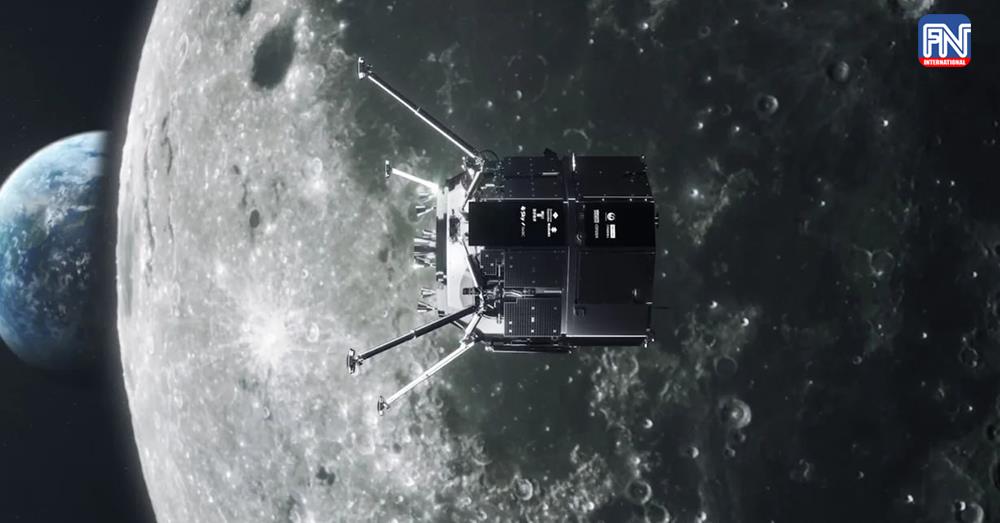TOKYO, April 25 (Reuters) - Japanese startup ispace (9348.T) said its attempt to make the first private moon landing had failed on Tuesday after losing contact with its Hakuto-R Mission 1 (M1) lander, concluding it had most likely crashed on the lunar surface.
"We lost the communication, so we have to assume that we could not complete the landing on the lunar surface," ispace Chief Executive Takeshi Hakamada said on a company live stream, as mission control engineers in Tokyo continued to try regaining contact with its lander.
The M1 lander appeared set to autonomously touch down about 12:40 p.m. Eastern time (1640 GMT Tuesday) after coming as close as 295 feet (90 meters) from the lunar surface, a live animation of the lander's telemetry showed.
At the expected touchdown time, engineers in mission control appeared anxious as they awaited signal confirmation of M1's fate, but no such confirmation came.
"Our engineers will continue to investigate the situation," Hakamada said. "At this moment, what I can tell is we are very proud of the fact that we have already achieved many things during this mission 1."
The company said in a statement Wednesday in Japan that it believes the spacecraft may have made a "hard landing" on the lunar surface. Ispace said it did not expect an immediate effect on its earnings forecast.
The spacecraft launched from Cape Canaveral, Florida, on a SpaceX rocket in December and completed 8 out of 10 mission objectives in space that will provide valuable data for ispace's next landing attempt in 2024, Hakamada said. That Mission 2 spacecraft is already under construction.
A successful landing would have marked a welcome reversal from recent setbacks Japan has faced in space technology, where it has big ambitions of building a domestic industry, including a goal of sending Japanese astronauts to the moon by the late 2020s.
A moonshot is an ambitious goal for a private company. Only the United States, the former Soviet Union and China have soft-landed a spacecraft on the moon, with attempts in recent years by India and a private Israeli company ending in failure.
Roughly an hour before the planned touchdown on Tuesday, the 2.3-metre-tall (7.55-foot) M1 began its landing phase, gradually tightening its orbit around the moon from 100 km (62 miles) above the surface to roughly 25 km (15.5 miles) traveling at nearly 6,000 km/hour (3,700 mph).
Ispace Chief Technology Officer Ryo Ujiie, speaking with reporters on Monday, likened the task of slowing the lander to the correct speed against the moon's gravitational pull to "stepping on the brakes on a running bicycle at the edge of a ski jumping hill."
The lander was expected to reach a landing site at the edge of Mare Frigoris, in the moon's northern hemisphere, where it would have deployed a two-wheeled, baseball-sized rover developed by JAXA, Japanese toymaker Tomy Co (7867.T) and Sony Group (6758.T), as well as the United Arab Emirates' four-wheeled "Rashid" Rover.
The M1 also carried an experimental solid-state battery made by NGK Spark Plug Co (5334.T), among other objects to gauge how they perform on the moon.
